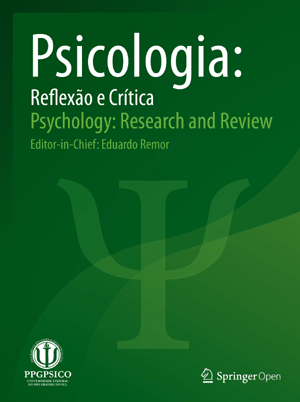Many of the choices which impact in lifetime health, such as substance use, are made in adolescence. It becomes, therefore, important to know the factors associated to these behaviours in adolescence in different contexts of life. To analyze these factors, an explanatory model was developed using structural equation modeling. Data from 12.881 state school students from Portugal who participated in two waves of the Health Behaviours in School-aged Children (HBSC) / World Health Organization (WHO) survey were analyzed. The model fits well the data [CFI: .985; NNFI: .980; RMSEA: .018 (.017-.020); SRMR: .018]. For each of the dependent factors, the levels of variance ranged from 12% (tobacco use) to 47% (alcohol and illicit drugs use). Alcohol and tobacco present the strongest associations to illicit drugs use. Relationships with family, friends, classmates, and teachers were also associated with substance use, being this association mediated by certain factors, including psychological symptoms, well-being, and school satisfaction. Several non-invariant paths were obtained in gender and age comparisons. The results showed that substance use is associated with several factors and that social factors are mediated by personal factors. Results have also shown that gender and age are important factors on substance use.
Adolescents; substance use; gender and age differences

 Substance use across adolescence: do gender and age matter?
Substance use across adolescence: do gender and age matter?




